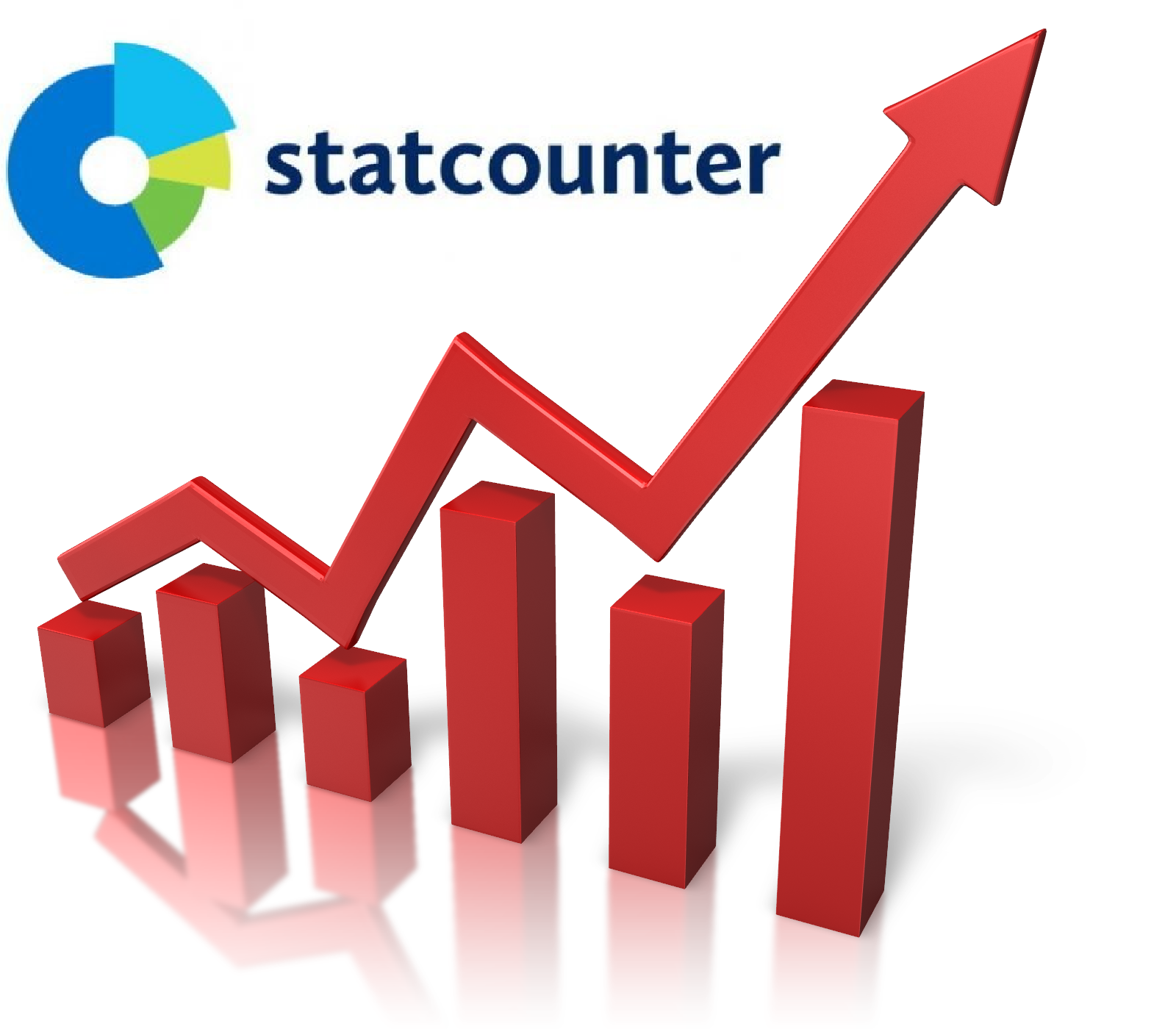The Analysis of Time-Driven Activity-Based Costing to Increase Customer Profitability
(A Case Study of Distributor Company)
DOI:
https://doi.org/10.23887/jia.v9i1.57398Keywords:
cost of serving customers, customer profitability, time-driven activity based costingAbstract
This research aims to implement and analyze the concept of time-driven activity-based costing (TDABC) to allocate the cost of serving customers to their accounts, analyze customer profitability, and formulate strategic decisions to increase customer profitability. The study employs a case study strategy with a mixed methods research approach, utilizing various research tools to obtain detailed data. The collected data is analyzed using descriptive analysis with explanation-building techniques. The results reveal that the ten largest customers were profitable for Company A in 2021; however, the most significant profit was not generated by customers who contributed the greatest revenue, and vice versa. The customer profitability analysis indicates that two customers require the highest service priority and care, seven customers should be managed with periodic evaluations, and one customer does not require service priority. These findings underscore the importance of a nuanced approach to customer management and strategic decision-making to enhance overall profitability. By implementing TDABC, companies can more accurately allocate costs and identify key areas for improvement in customer service and profitability.
References
Anderson, K., & Kerr, C (2002). Customer Relationship. The McGraw-Hill Companies, Inc. https://doi.org/10.1036/007139 4125
Ardiansyah, G. B., Tjahjadi, B., & Soewarno,N. (2017). Measuring customer profitability through time-driven activity-based costing: a case study at hotel x Jogjakarta. SHS Web of Conferences, 34, 08004. https://doi.org/10.1051/shsconf/20173408004
Ariyani, F. (2016). Customer Profitability Analysis dengan Time Driven Activity Based Costing.
Atkinson, A. A., Kaplan, R. S., & Young, S. M. (2012). Management accounting: Information for decision making and strategy execution. Pearson Education Limited.
Bhimani, A., Horngren, C. T., Datar, S. M., & Rajan, M. V. (2019). Management & Cost Accounting.
Blocher, E. J., Stout, D. E., Juras, P. E., & Smith, S. (2019). Cost Management: A Strategic Emphasis. In Journal of Chemical Information and Modeling (Issue 9). Carter, W. (2006). Cost Accounting (14th ed.). Wadsworth Publishing Co Inc.
Dalci, I., Tanis, V., & Kosan, L. (2010). Customer profitability analysis with time-driven activity-based costing: A case study in a hotel. International Journal of Contemporary Hospitality Management 22(5). 609–637. https://doi.org/10.1108/095961 11011053774
Hope, J., & Player, S. (2012). Beyond Performance Management: Why, When, and How to Use 40 Tools and Best Practices for Superior Business Performance. Harvard Business Review Press.
Jassem, S. (2019). Using Time-Driven Activity-Based Costing and Customer Profitability Analysis For Strategic Planning In Hotel Management. International Journal of Business, Accounting and Management, 4(1), 2527– 3531. www.doarj.org27www.doarj.org
Kaplan, R. S., & Anderson, S. R. (2007). Time-Driven Activity Based Costing: A Simpler and More Powerful Path to Higher Profits. Harvard Business School Publishing.
Mowen, M. M., Hansen, D. R., & Heitger, D. L. (2011). Managerial Accounting (4e ed.). Cencage Learning.
Narayandas, D. (2005). Building loyalty in business markets. Harvard Business Review, 83(9).
Vilaginés, J. A. (2022). Share of purchases in B2B: relative customer satisfaction indicators and customer characteristics as main influencers. Journal of Business and Industrial Marketing, January. https://doi.org/10.1108/JBIM- 05-2021
Yin, R. K. (2018). Case Study Research and Applications : Design and Methods (Sixth).SAGE Publications, Inc.
Downloads
Published
Issue
Section
License
Copyright (c) 2024 Feki Wahyu Colimah, Lindawati Gani

This work is licensed under a Creative Commons Attribution-ShareAlike 4.0 International License.


1.png)


